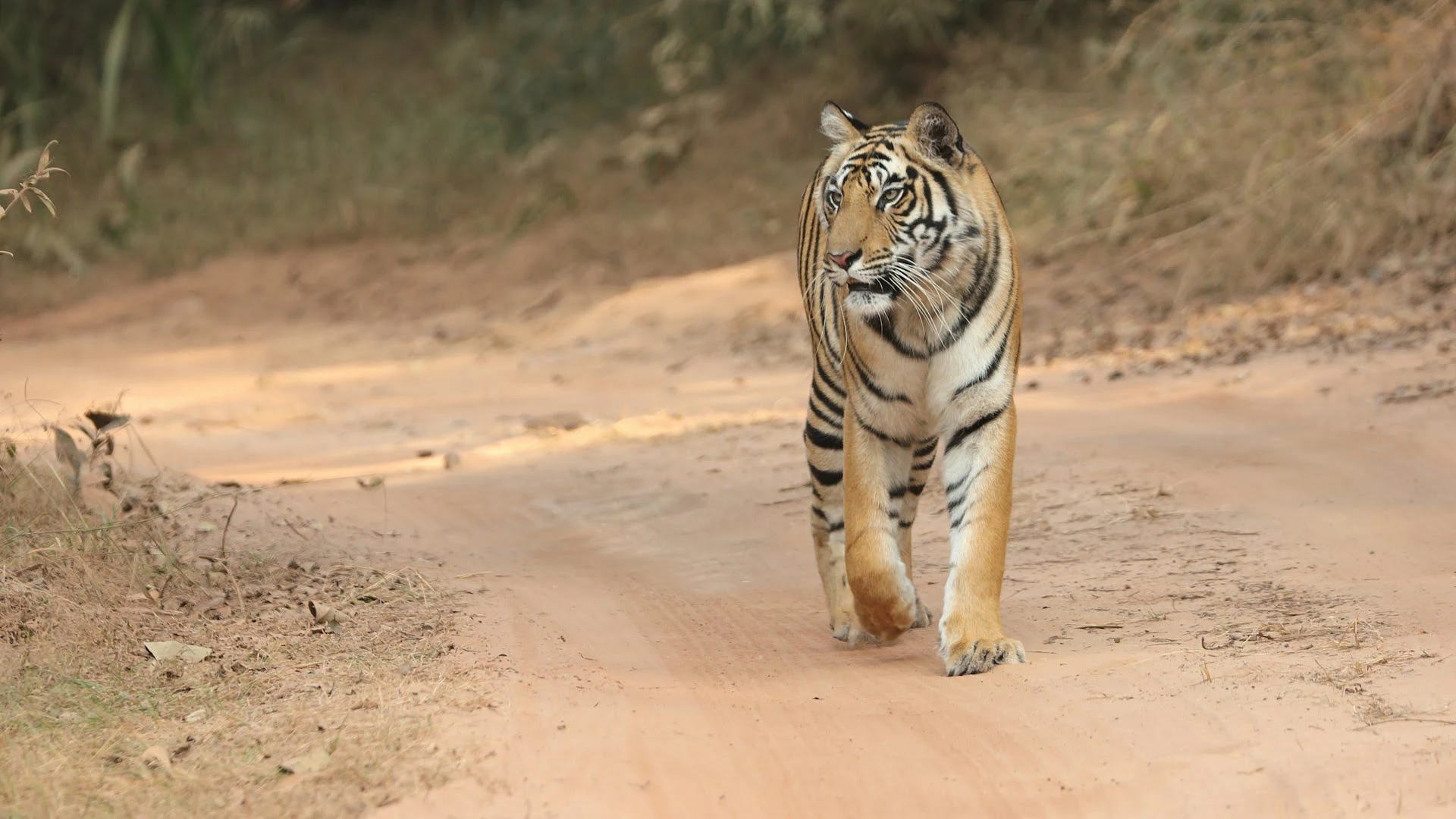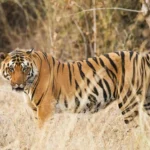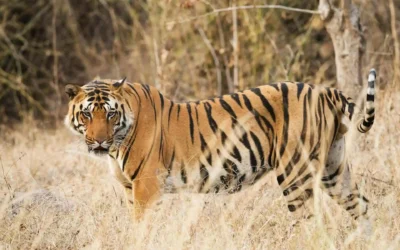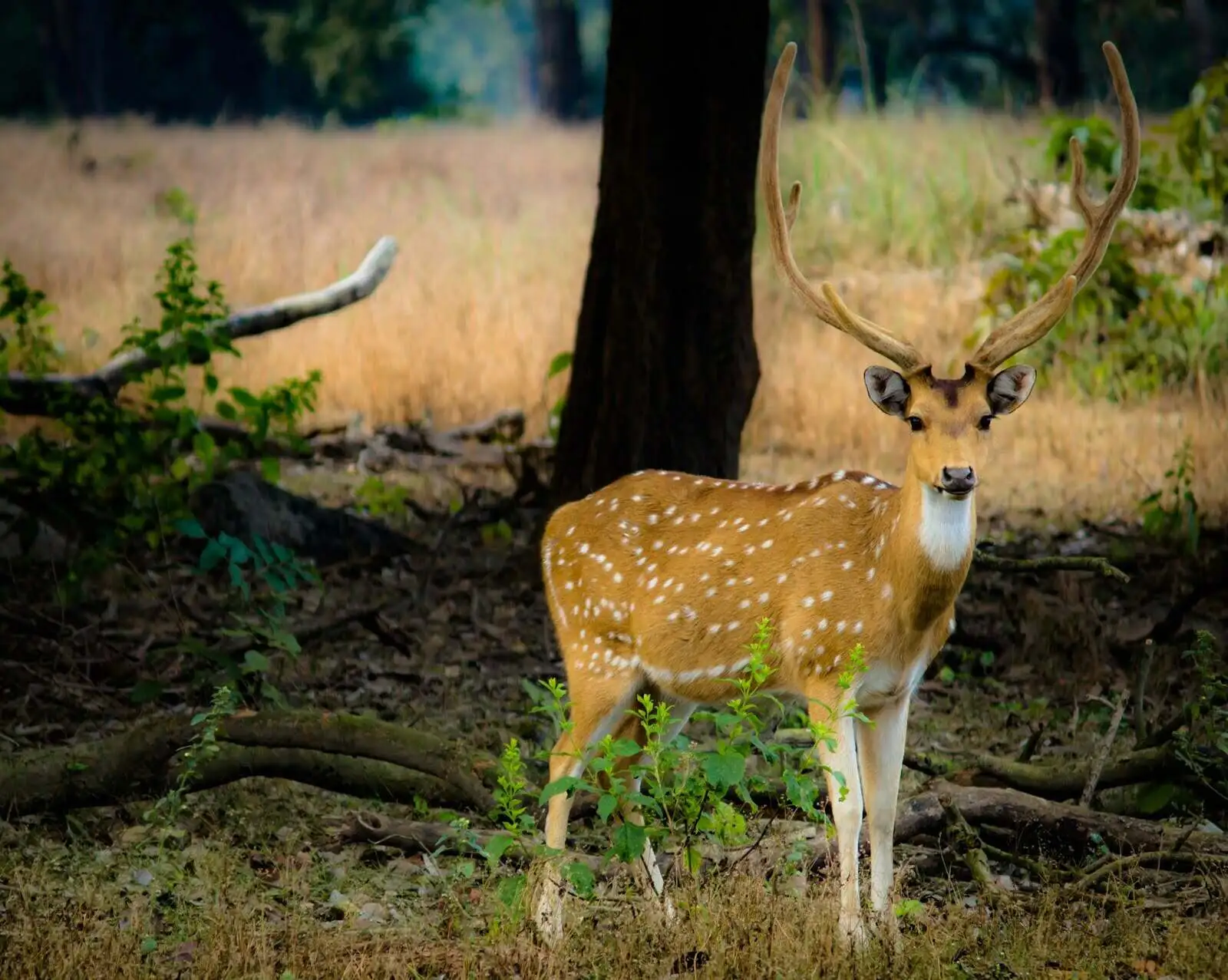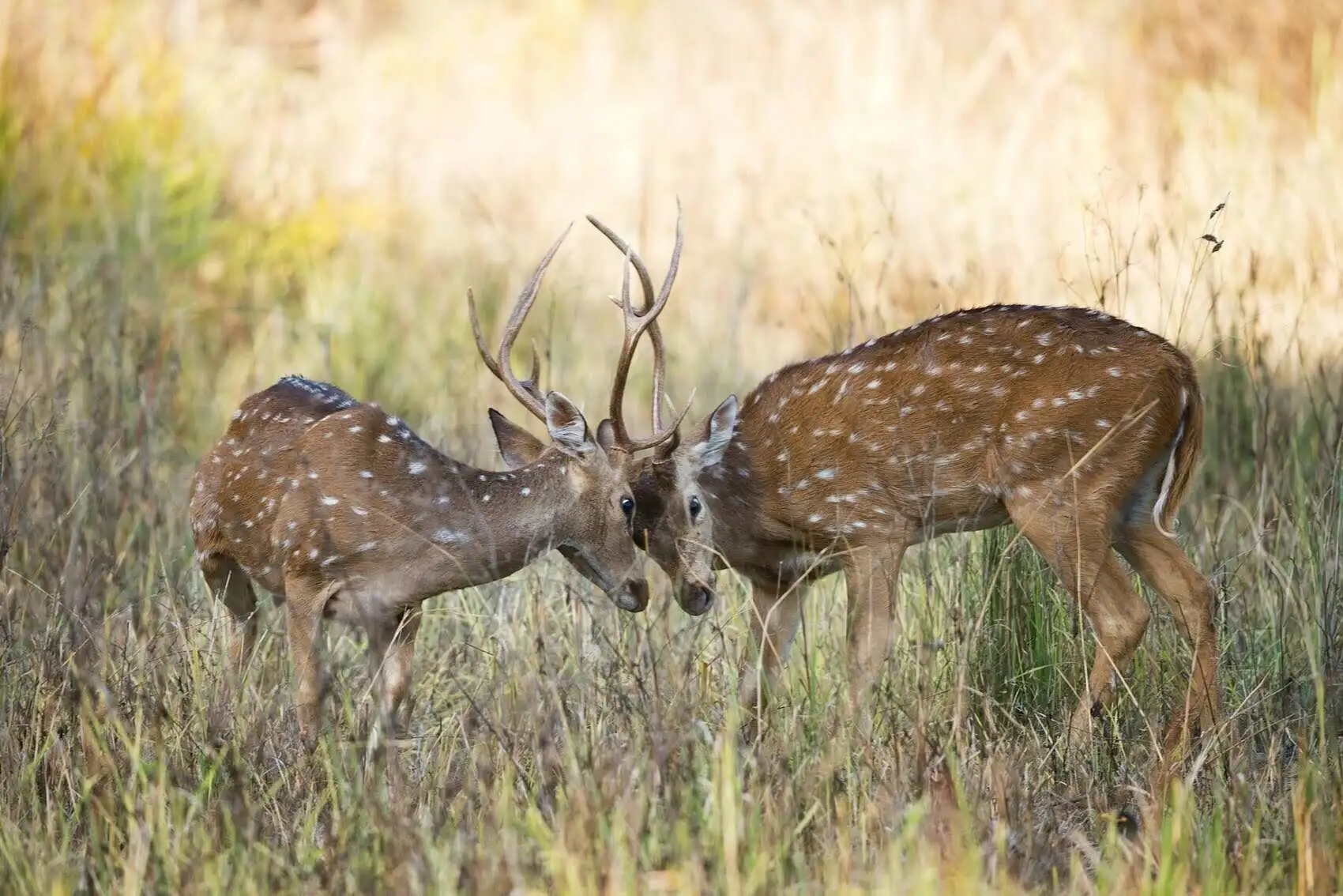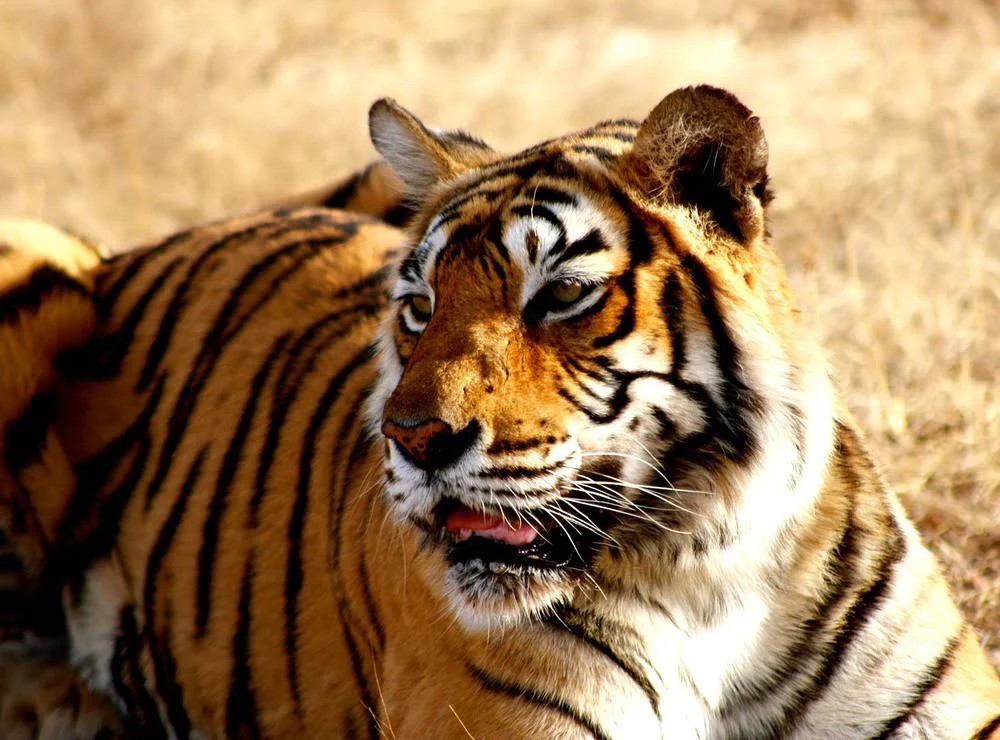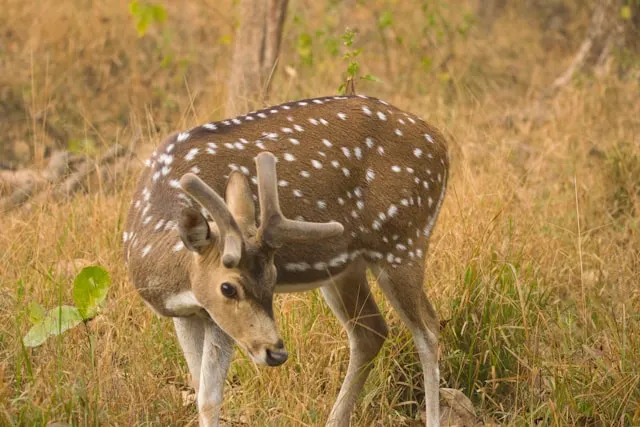The National Park of Bandhavgarh is situated in Umaria district on the Vindhya hills, Madhya Pradesh. It is a place where tourists can have a glimpse of awe-inspiring Bengal tigers in their natural habitats. The park consists of several zones with distinct landscapes and different fauna densities.
All zones charge equivalently for permits and jeep safaris. However, which zone will give you the best experience may depend on your priorities or preferences. Tala zone has more tiger sightings and therefore tends to be more crowded than other zones.
Conversely, Magadhi Zone offers reduced numbers of people yet you can still spot few tigers here and there. Maybe Khitauli Zone lacks mass but also it carries little possibility for observing tigers.

Here are the three best safari zones in Bandhavgarh
Tala Zone
This is considered the most popular zone for tiger sightings. Tala has a magnificent landscape with a mix of meadows, grasslands, and dense Sal forests. This makes it a dense forest for cover and a variety of prey options for tigers along with several waterholes.
It boasts the highest success rate due to its diverse habitat and waterholes attracting tigers. Peak season to visit Tala is April – May due to the waterholes, but that also makes the place crowded with tourists.
Magadhi Zone
A favourite destination of recent years for tiger-watching is Magdhi Zone. It is a combination of grasslands and dense woods. There are also many natural and man-made waterholes in this area where tigers are spotted.
The other thing that differentiates it from Tala is its less crowded nature. That makes it more serene as compared to the former. In the same way, just like Tala, the best time to visit Magadhi zone is April-May while October-March falls under off peak seasons where sightings do happen but not often.
Khitauli Zone
This zone is known for its dry deciduous forests and sightings of tigers, leopards, and migrant wild elephants. Tiger sightings are not as frequent here as in Tala and Magadhi.
Although the zone offers a unique opportunity to spot other wildlife species and enjoy the scenic beauty of the Umrar River and surrounding areas. Scarce tiger sightings typically occur earlier in the dry season between October to November.

